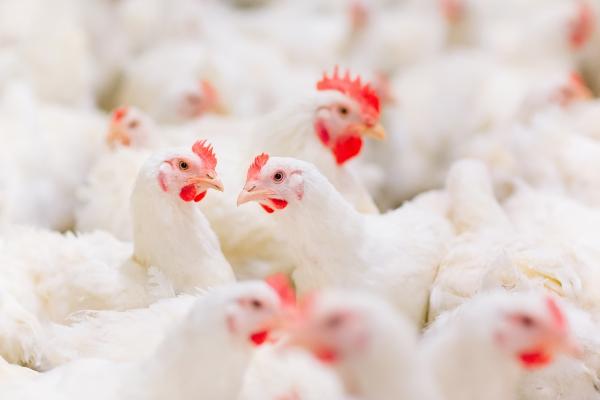

We are pleased to be part of JUNIPER, the Joint University Pandemic and Epidemic Research. JUNIPER is a collaborative network of researchers from across the UK who work at the interface between mathematical modelling, infectious disease control and public health policy. The content listed here is part of our collaboration with JUNIPER and you can find out more about the work of other JUNIPER members on their website. We received an award from the Scientific Advisory Group for Emergencies (SAGE) for our work with JUNIPER communicating maths concepts to policy-makers and the public during the COVID-19 emergency.










